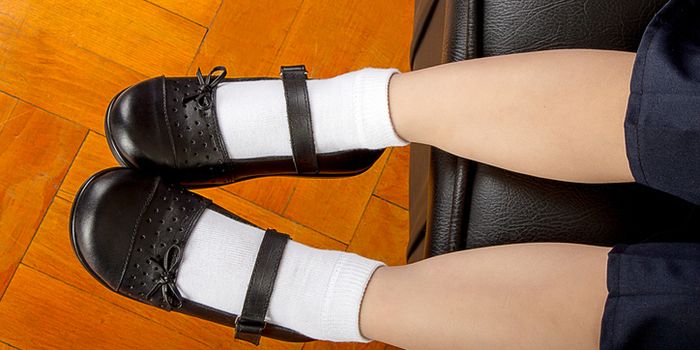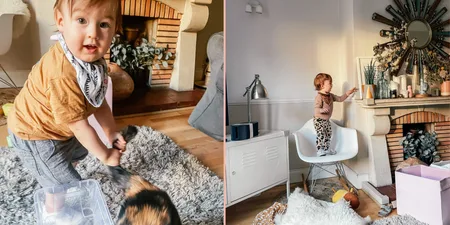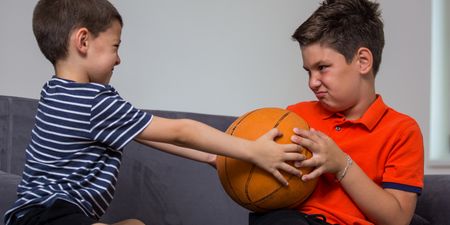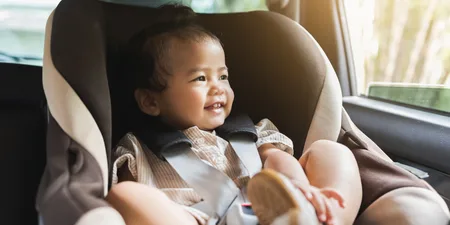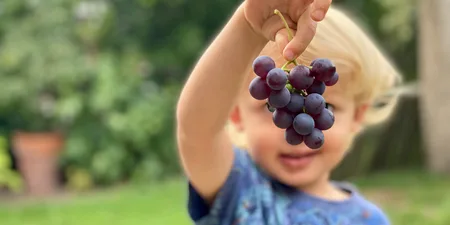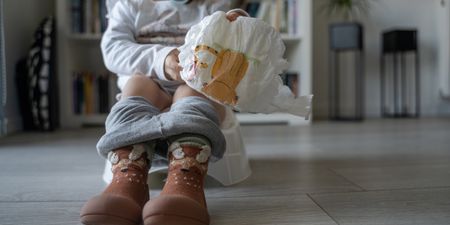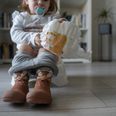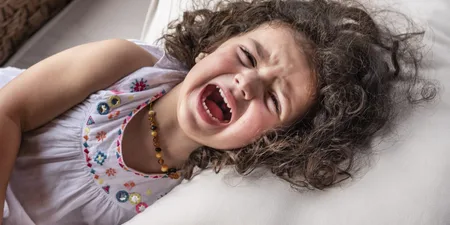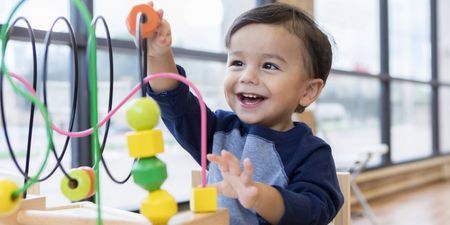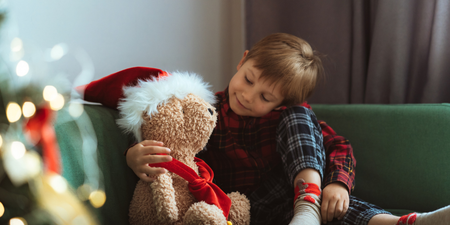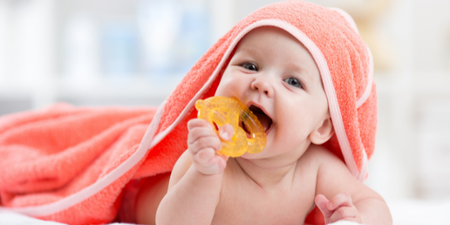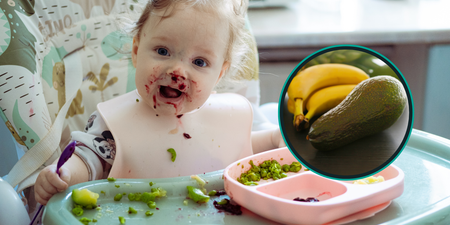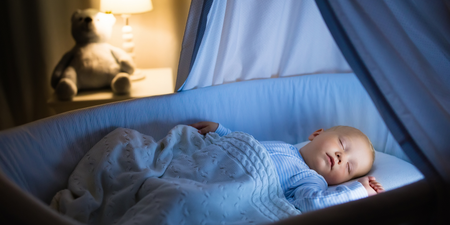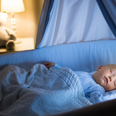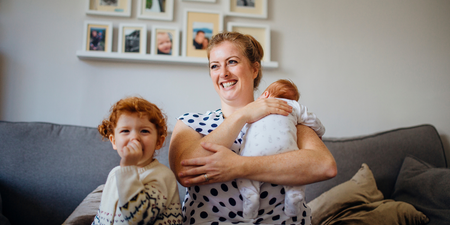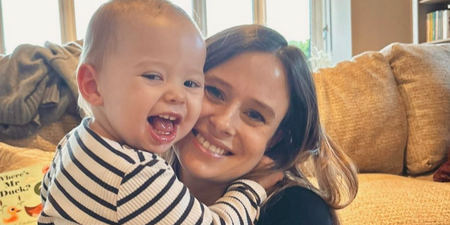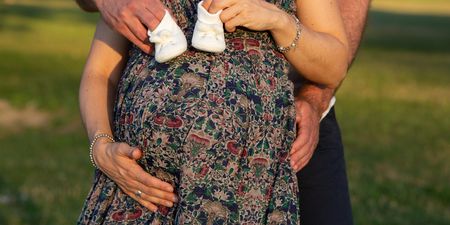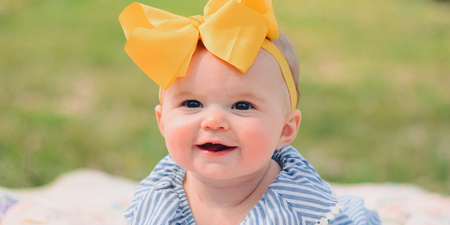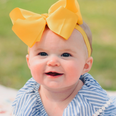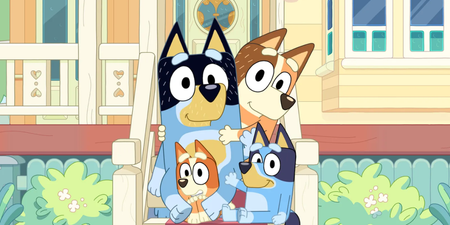It’s that time of year where lots of parents will be buying new school shoes for their children.
Figuring out what size your child is in a shoe can be more tricky than you would think and it wasn’t until I was a parent myself that I realised just how important the toe pinch my mum always used to do is.
If you’re planning on bringing your child to buy new shoes this guide by parenting blogger Emma Reed is a must-read.

Emma has a six-point fit check that will help guarantee that you buy the right size for your child.
1. Length –
In a shoe shop which offers fitting, ‘growing room’ is built-in. In most other retailers, this won’t be a feature so you need to check this yourself and go up in size accordingly. What you are looking for is a thumb width of space at the end of the shoe from the big toe. Anything more will become a trip hazard anything less will mean the shoes won’t last very long.
2. Width –
The widths in a fitted shop come up as D, E, F, G and H. As a guide for you, a D is extremely narrow and may be difficult to come by. E is narrow, F is average, G is wide and H is extra wide. These letters are just as important as the length.
To check that the width is ok you need to feel down the sides of the shoes to make sure no part of the foot or toes are pushing out anywhere. If there is pressure or you can clearly see the outline of the foot, the child will end up with sores, blisters and possibly hardened skin. If there is too much space inside they are too wide and will cause the foot to move from side to side, leading to blisters. You want comfort and support for them.

3. Depth –
What you are checking for here is that when you rub your thumb over the top of the shoe you have some movement in the material. If it is tight and doesn’t move there is not enough depth to the shoe for it to be comfortable. If there is too much depth, the foot will not be supported, however, this is where insoles will help as they lift the foot up in the shoe and remove some of this extra space.
Please note insoles do not make a shoe shorter and they shouldn’t be relied upon.
4. Toplines –
The toplines are the areas surrounding the ankles. Does any part of the shoe hit the ankle bone? If so, this could rub and hurt your child. Does the fastening sit nicely up the foot? Are there any gaps? If you can get your finger down the side of the ankle these do not fit. Again, you are looking for support and comfort.

5. Slip test –
Make sure you have put the shoes on and fastened them whilst the child is sitting. Now get them to stand and re-check the fastening. The foot shape changes from sitting to standing. You will probably find that you will need to tighten them slightly. Now pop them back on the seat and give them a tug. Do they stay on? If not, they will rub and possibly come off when they are running around the playground.
One area which is overlooked with slipping shoes is the fact that the child will instantly grip with their toes to keep them on ̶ ladies think about when you wear slip-on and how they stretch and become a little too big. This gripping with the toes can cause later issues in the bones and can often lead to bunions (I have served parents with young girls who have had bunions from wearing cheap slip-on shoes from fashion shops and the only way to rectify it is with surgery).
6. Can they walk in them?-
Seems pretty obvious, doesn’t it? Can they walk? Do not just put them on, look at them, think they look pretty and buy them. Get your child to walk round and round, get them to jog a little and jump, get them to pretend to kick a football. Can they do all of this with ease and without the shoe flying off?! They need to be comfortable and you need to be sure as once worn outside, most shops will not provide a refund on a fitting basis.
